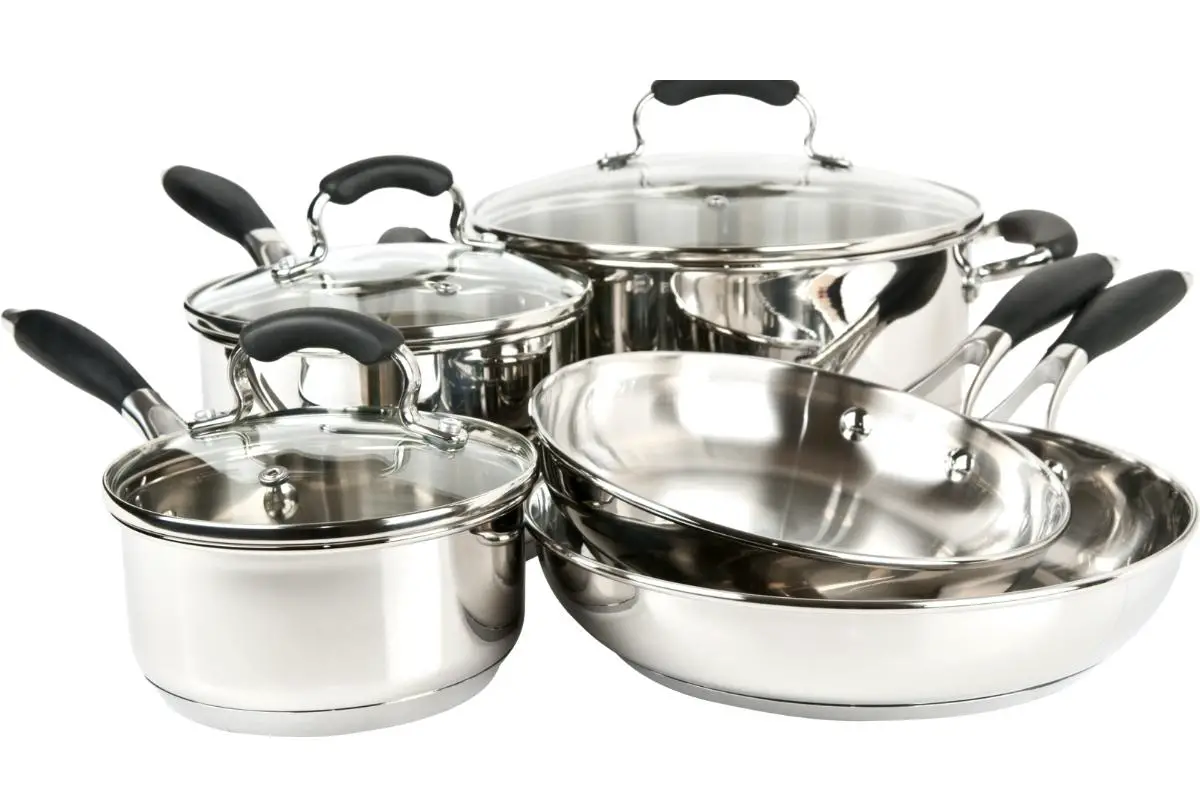Steaming vs Boiling. When it comes to cooking your vegetables, how do you go about it? Are you classic old school and prefer boiling, or are you steaming your vegetables every chance you get?
Boiling and steaming both have their benefits, both providing different textures and subtle flavors. Here we get into the details as to what may be the ‘better’ way of you cooking your vegetables, whichever is your preference! Whilst boiling is very much the norm for a lot of people, steaming is quickly becoming a growing trend when it comes to meal prep. This handy guide will help you discover what the benefits of both are and more, and to help you decide what the best way may be. Let’s get to it, shall we?
Boiled Vegetables

We’ve all boiled vegetables at some point to cook them. Perhaps you are boiling veggies even still to this day, either completely or as a precursor to roasting or frying, whatever way your recipe calls for you to prepare your veg.
One of the benefits of boiling vegetables is that it requires no oils or any other cooking fats to cook. And it is also a relatively quick approach to cooking vegetables. With throwing our veg into a boiling hot pan of water, it’s an extremely easy way of cooking, requiring very little supervision. It’s great for large-scale cooking and does help to make your vegetables both very tender and easy to eat. It is also one of the easiest ways of cooking vegetables without the worry of them burning.
But on the flip side, one of the major downfalls of boiling vegetables is just how many nutrients can be lost throughout cooking, especially vitamin C. Not only that, but you can also lose other valuable water-soluble minerals, some sugars, lose texture, some flavor and also some color. The longer you leave your veggies in that water, the more is lost overall. And unless you can repurpose that now flavorsome water in some way; either by using it to cook some rice or pasta in, or even by drinking it once it has cooled, a lot of nutrients are going to be lost. So overall, boiling your vegetables may not be the healthiest option.
Steamed Vegetables

So if you are familiar with steaming your food, be it meat, eggs, fish, or even your trusty vegetables, you are well aware of its gentle way of cooking. Especially with vegetables, steaming is a fantastic way of cooking. Similar to boiling, no oils or other cooking fats are needed to help cook whilst steaming. Simultaneously, steaming helps to retain their naturally occurring vitamins and nutrients, you are also helping to maintain its original texture and color!
When it comes to retaining their nutrients, steaming makes sure that vitamins B, thiamine, biotin, B12, vitamin C, niacin and precious minerals such as zinc, calcium, potassium and phosphorus are held back within your vegetables. All much-needed nutrients that are required in maintaining a healthy body, nutrients that are more likely to be lost through boiling.
And steaming is especially handy for helping to maintain the texture and taste of a vegetable. For example, we all have at some point, boiled broccoli to within an inch of its life. When this has happened, it’s easily noticeable how much it has lost not only its flavor, its color, as well as it turning to mush very quickly. Not exactly the most pleasant of experiences. This can also be easily applied to most vegetables when boiling, but not true when it comes to steaming. Because the food has not come into direct contact with the boiling water, the steam instead gently helps to cook the vegetable through, softening the fibers just enough to help with the absorption of their nutrients. It is also very easy not to overcook via steaming.
To even add more flavor to your vegetables whilst steaming, replace your plain old boiling water with a flavorful broth to help add an extra subtle flavor.
There really are no disadvantages to steaming your vegetables when it comes to it. Dietitians are regularly mentioning just how much healthier it is to steam over boil, and it is easy to see why.
Final Thought
So in conclusion, when it comes to steaming vs boiling, what is the better method? If you have ever steamed vegetables, it’s easy to see the benefits of cooking this way over boiling. You can truly notice the difference in texture, color and flavor when your veggies have been steamed compared to boiling. That being said, boiling is still not a bad way of cooking your vegetables. You are just more likely to retain a lot more benefits when you choose to steam over boil.
It is also beneficial to point out the fact that you are also reducing the number of hobs used when steaming. With being able to stack two to three steamers on top of one another, you are really utilizing the space and ability to use your other hobs for other ingredients. Just make sure when using your steamer for multiple vegetables at the same time, place ones that will take longer to cook at the very bottom to ensure it is closer to the heat source. Plus you’re saving on water, so all good for the environment, and your bills!
It is common knowledge that the majority of vegetables can be boiled, and anyone who is a die-hard steamer will know, it is very much the same when it comes to being able to steam them. So if you’re worried your steamer may not be up for the job, it very much is, from kale to broccoli, butternut squash to even potatoes, the possibilities are endless. Your vegetables will thank you for it!
- What goes good with fried shrimp for dinner? - November 17, 2022
- Best Heat Diffusers for a Gas Stove - November 16, 2022
- Can you boil potatoes too long for mashed potatoes? - November 15, 2022








